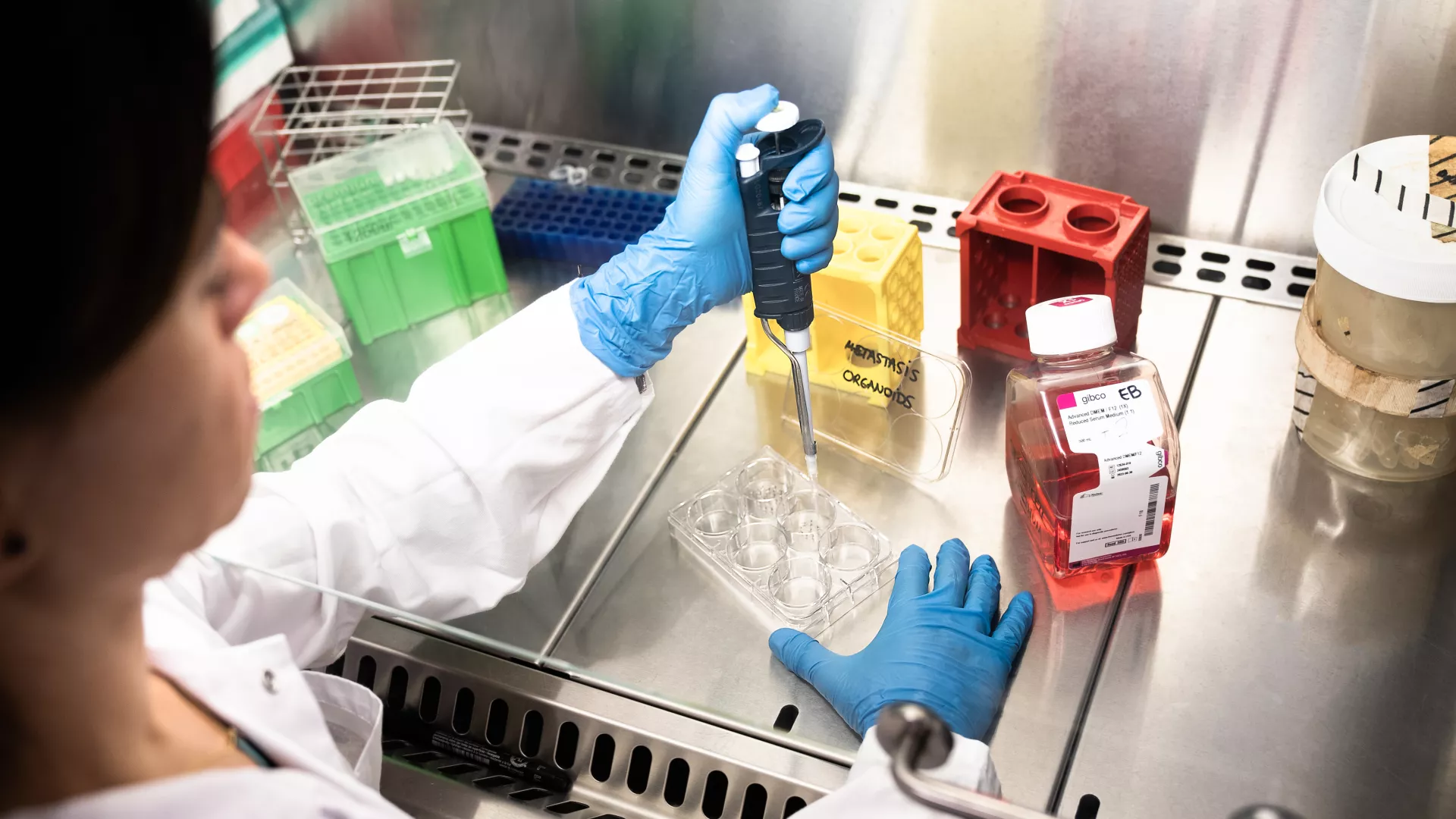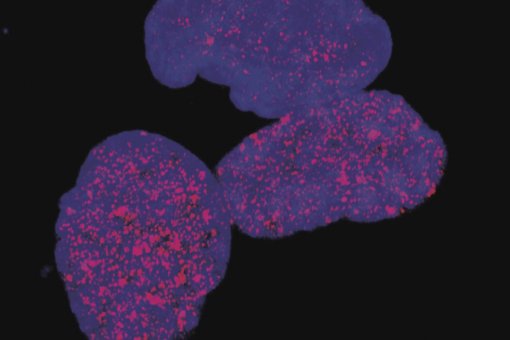Images
Contact

In the journal Science Signaling, Andreu Casali describes a sophisticated mechanism related to the protein Hedgehog.
The protein Hedgehog forms part of morphogens, specialized substances that provide embryonic cells with information about their position in the embryo, their behaviour, and the type of cells they should become. Morphogens are produced in a group of cells in a specific site in the embryo. They then move towards neighbouring cells to form a concentration gradient in such a way that the cells closest to the emission source receive a large amount of protein while those further away receive less. Thus, depending on the amount of protein detected by the cells, they perceive their spatial position and act in consequence. For example, in human beings, the morphogen gradient is responsible for the development of the little finger on the back of the hand, then a ring finger, a middle finger, etc., if the gradient is defective the fingers would not be the right ones.
Andreu Casali, researcher at the Institute for Research in Biomedicine (IRB Barcelona) and CSIC, has discovered a new cellular mechanism to detect the signal of the morphogen Hedgehog. Cell surfaces normally carry receptors to which Hedgehog attaches, and on the basis of the amount of morphogen captured by the cells, they are able to detect the concentration and consequently recognise their position within the embryo. However, Casali has observed a more complex mechanism in the wings of the fly Drosophila melanogaster. Here the number of receptors is self-regulated on the basis of whether there are few or many. “This mechanism confers greater sensitivity to the system and cells can respond with greater precision to small variations in the concentration of the morphogen. Evolution has increased the complexity”, says Casali.
In addition to controlling cell proliferation and participating in the formation of organs and tissues during development, Hedgehog is critical in the adult, among other reasons, because it is involved in some types of brain, muscle and skin cancer. Casali’s study, which has been published in the prestigious journal Science Signaling, is relevant because the mechanism found in flies is also probably present in humans. “The greater our understanding of this pathway, the easier it will be to develop drugs to treat the diseases it causes”, states the researcher.
Reference article:
Self-induced patched receptor down-regulation modulates cell sensitivity to the hedgehog morphogen gradient.
Casali A.
Science Signaling, (August 2010) [DOI: 10.1126/scisignal.2001059]
About IRB Barcelona
The Institute for Research in Biomedicine (IRB Barcelona) pursues a society free of disease. To this end, it conducts multidisciplinary research of excellence to cure cancer and other diseases linked to ageing. It establishes technology transfer agreements with the pharmaceutical industry and major hospitals to bring research results closer to society, and organises a range of science outreach activities to engage the public in an open dialogue. IRB Barcelona is an international centre that hosts 400 researchers and more than 30 nationalities. Recognised as a Severo Ochoa Centre of Excellence since 2011, IRB Barcelona is a CERCA centre and member of the Barcelona Institute of Science and Technology (BIST).




